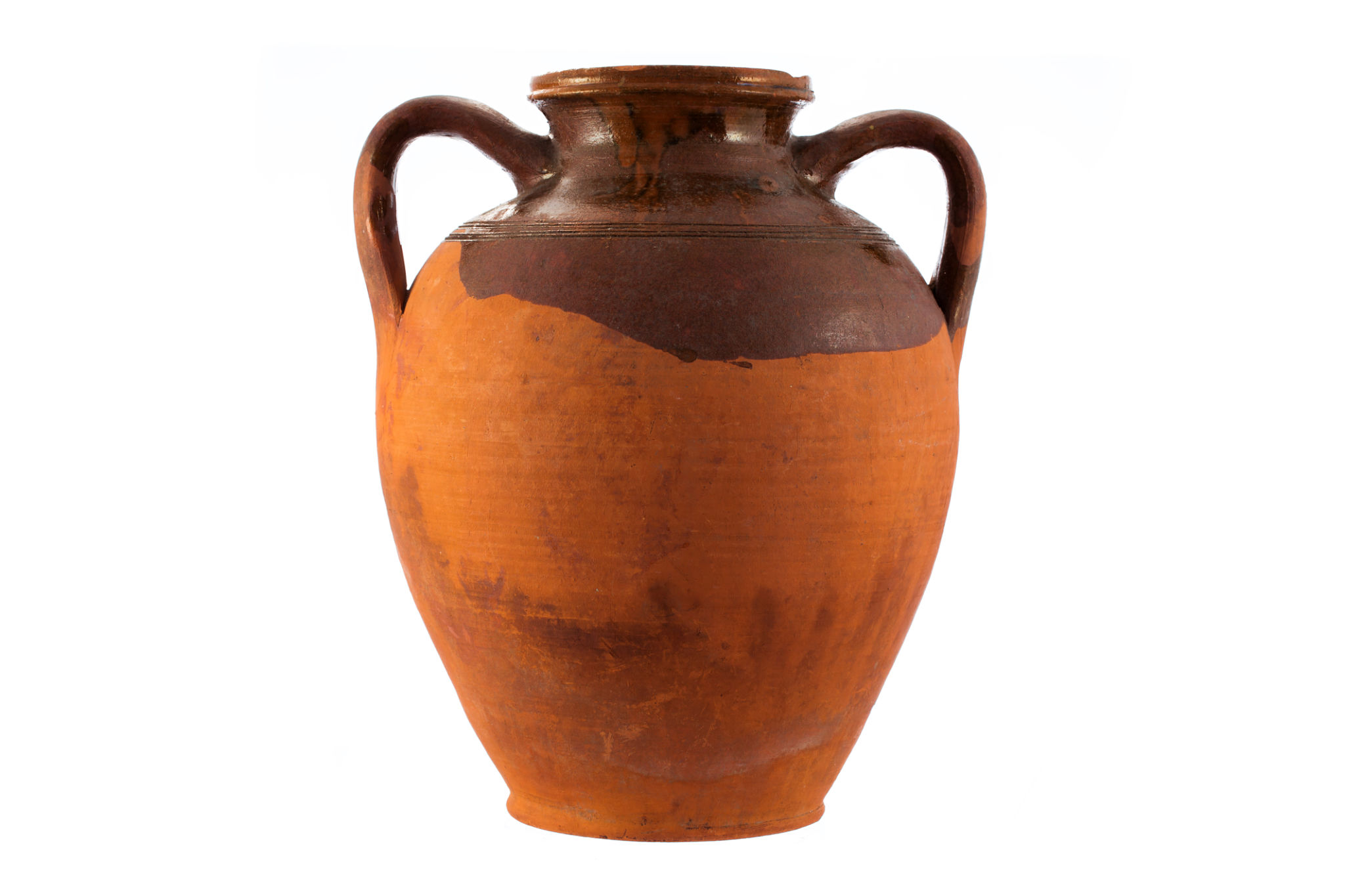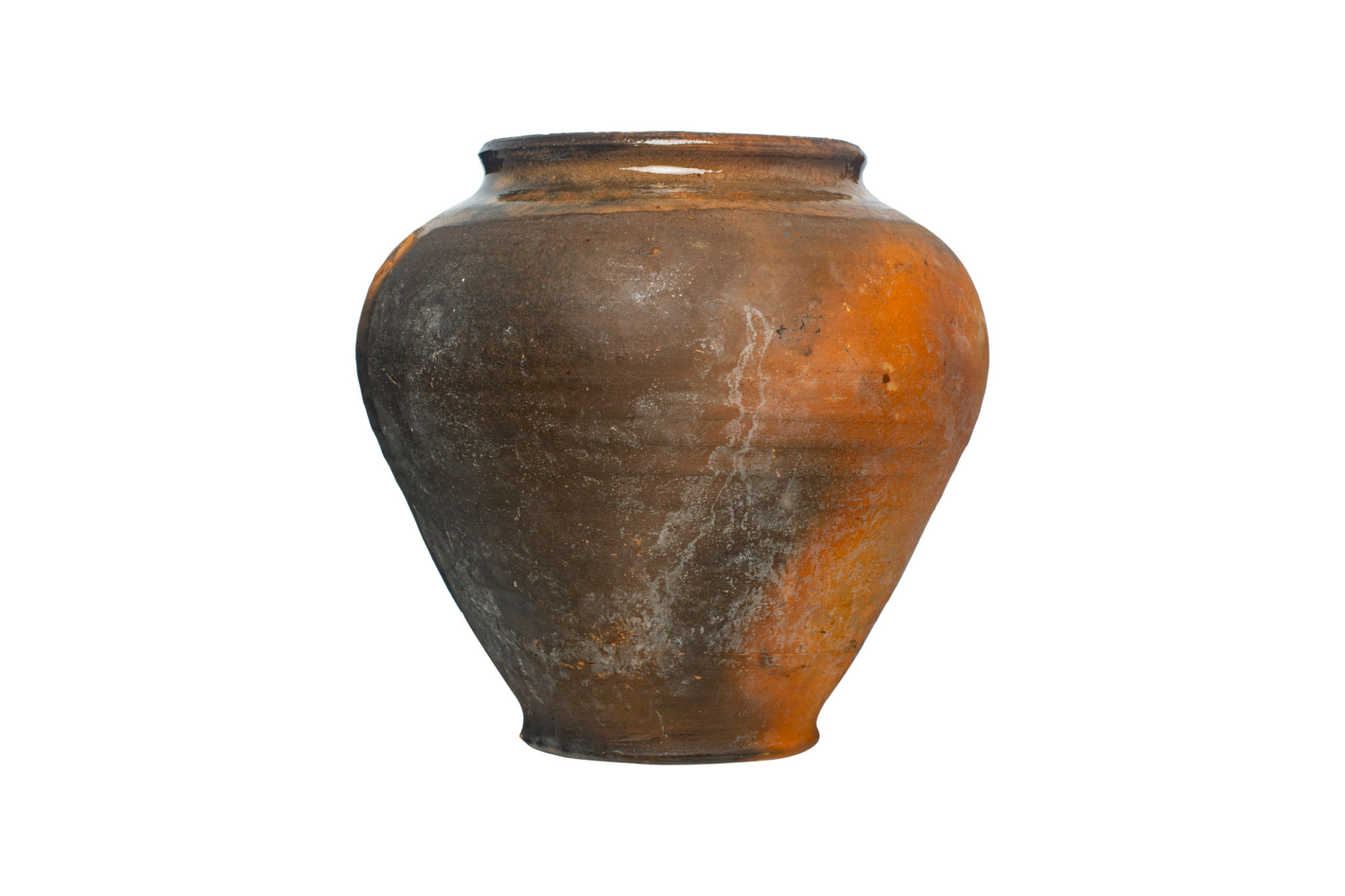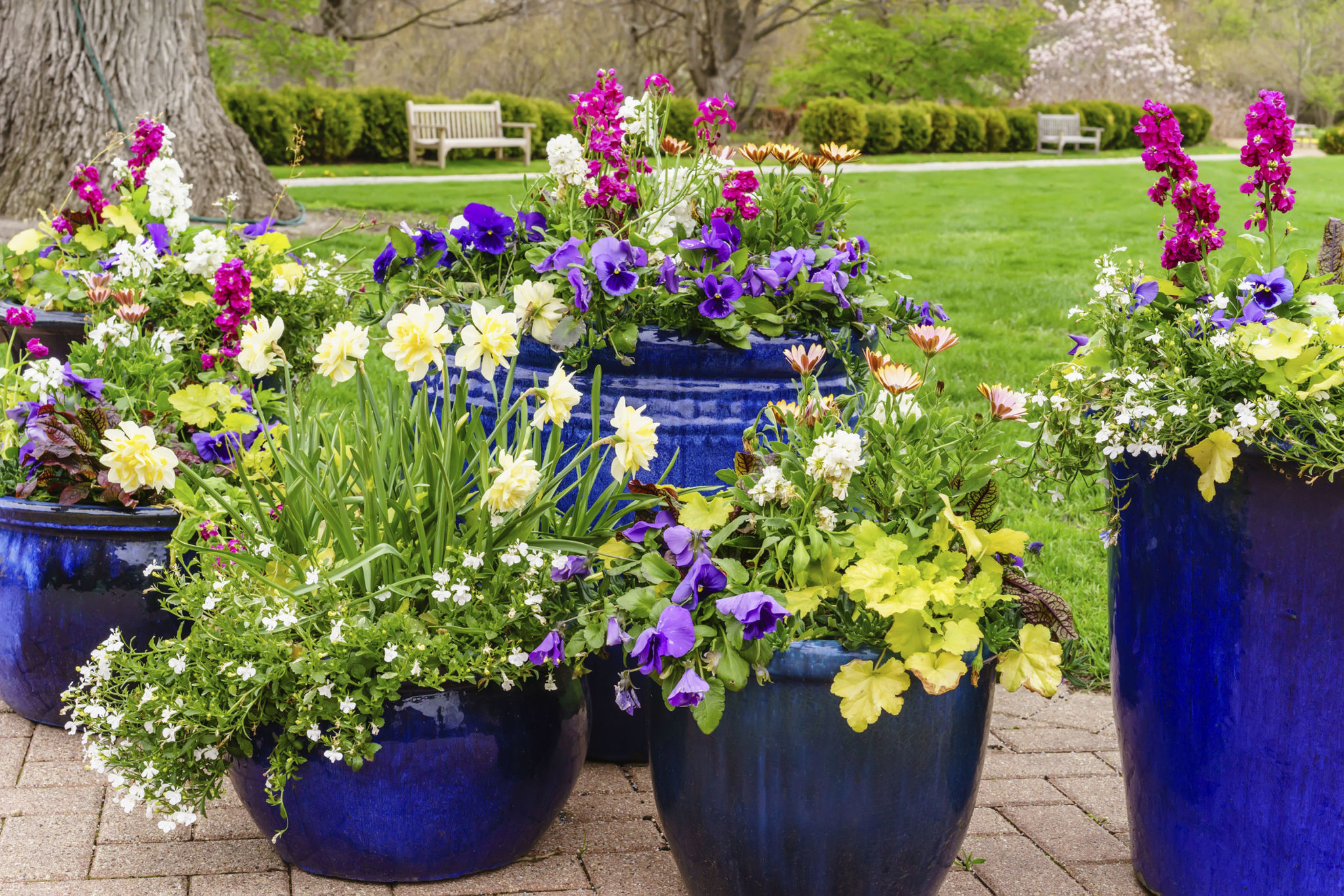How to Choose the Perfect Clay Pot: A Buyer's Guide
Understanding the Basics of Clay Pots
Clay pots have been a staple in kitchens and gardens for centuries. Known for their natural ability to retain moisture and heat, they are perfect for cooking and planting. However, with so many options available today, choosing the right clay pot can be overwhelming. This guide aims to simplify your selection process, ensuring you find the perfect pot for your needs.

Types of Clay Pots
Before purchasing, it's essential to understand the different types of clay pots available. The most common are terracotta, earthenware, and stoneware. Terracotta pots are the classic reddish-brown pots ideal for plants due to their porous nature. Earthenware is often used for decorative purposes and may require glazing for cooking. Stoneware is denser and more durable, making it great for cooking and serving meals.
Terracotta Pots
These are the traditional clay pots often used in gardening. Their porous nature allows air and water to move through the walls, preventing root rot in plants. However, they can be fragile and may crack in cold weather if left outside. If you're looking for pots to enhance your garden, terracotta is an excellent choice.
Earthenware and Stoneware
For those interested in cooking, earthenware and stoneware are popular choices. Earthenware is ideal for baking at low temperatures, while stoneware can handle higher heat, making it versatile for many dishes. When selecting these types of pots, consider their glazing and finish to ensure they are food-safe.

Size and Shape Considerations
The size and shape of your clay pot should match its intended use. For gardening, the pot size should accommodate your plant's growth. For cooking, consider the size of your stovetop or oven. Oval or round shapes are generally best for even heat distribution. Always ensure there is enough space for easy handling and storage.
Matching Pot Size to Plant Size
If you're selecting a pot for a plant, choose a size that allows room for growth. A pot that's too small can stunt a plant's development, while one that's too large may lead to overwatering. A good rule of thumb is to select a pot that's 1-2 inches larger in diameter than the current root ball.

Checking Quality and Durability
When purchasing a clay pot, especially online, it's crucial to check reviews and product descriptions for quality and durability information. Look for pots that mention being frost-resistant if you plan to use them outdoors. Check for uniform thickness and a smooth finish as indicators of good craftsmanship.
In summary, selecting the perfect clay pot involves understanding the types available, considering size and shape, and ensuring quality and durability. By keeping these factors in mind, you can find a clay pot that not only meets your needs but also enhances your space's aesthetic appeal.